If you’ve ever wanted to combine spiritual enlightenment with high-altitude lung workouts, Uttarakhand is the place for you. Known as the “Land of Gods,” this northern Indian state is filled with ancient temples, pristine lakes, rolling meadows, and peaks that will leave you asking yourself, “Why did I skip leg day?” But don’t worry! Whether you’re an adventure junkie or a blissed-out yogi, there’s something for everyone in this Himalayan paradise. So, pack your bags (and your sense of humor) and let’s explore 15 of the best things to do in Uttarakhand!
1. Trek to the Valley of Flowers
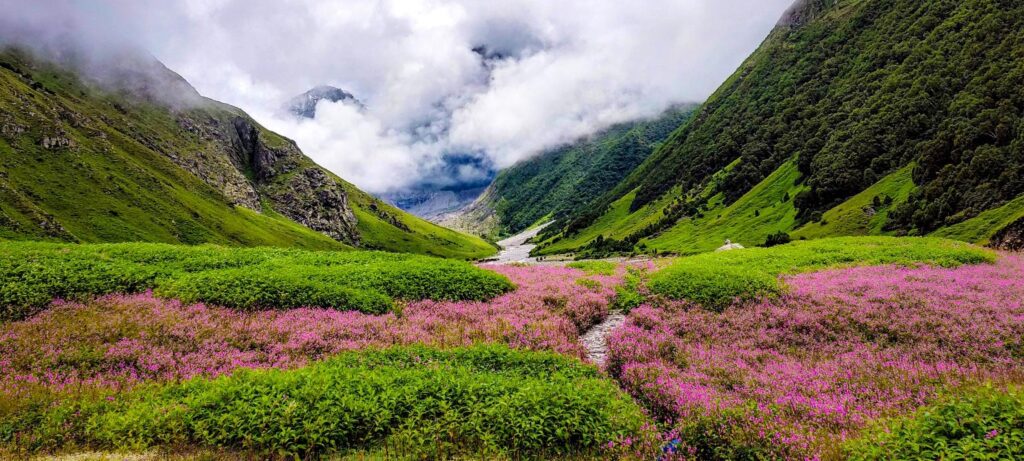
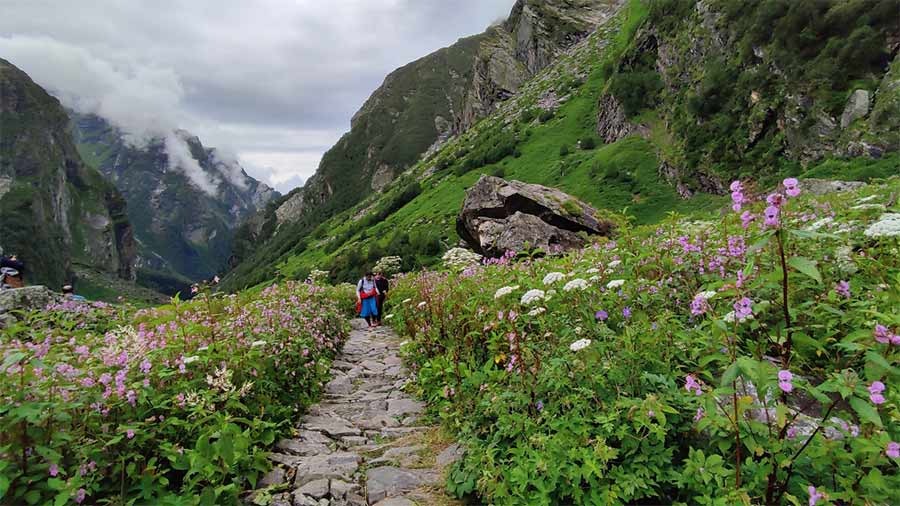
Picture this: a valley bursting with flowers so rare and colorful that it looks like nature decided to throw a giant Holi party. If your Instagram feed has been looking a little dull lately, the Valley of Flowers is the solution. You’ll hike through meadows of vibrant blooms while questioning your life choices because, well, altitude. But it’s all worth it when you realize you’re basically starring in your own Bollywood movie scene.
Pro Tip: Don’t sniff the flowers too much, or you might get lightheaded… from both beauty and lack of oxygen.
2. Spot a Tiger at Jim Corbett National Park
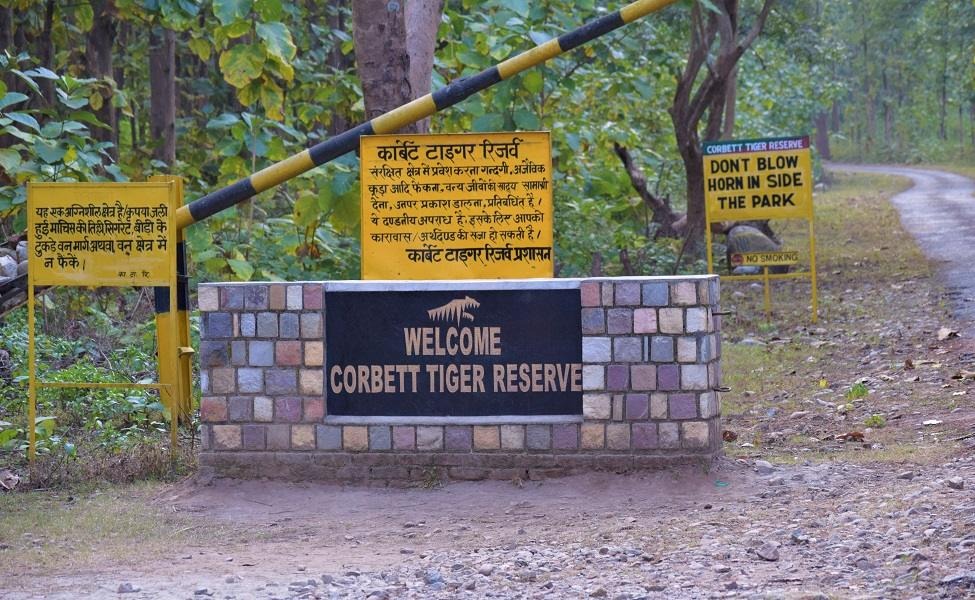
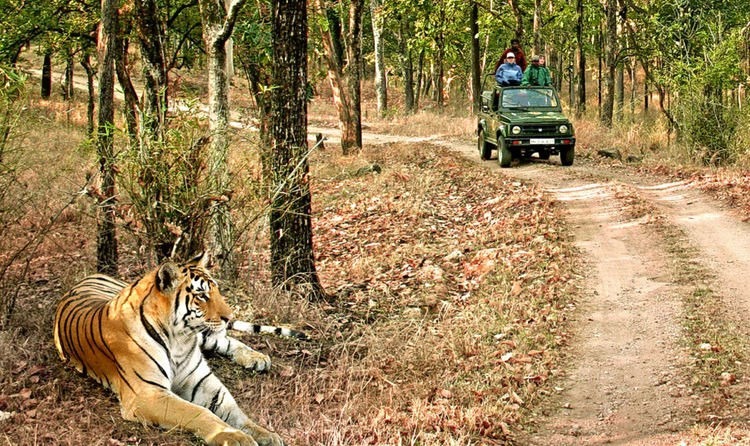
Looking for a close encounter with one of nature’s most majestic (and terrifying) creatures? Jim Corbett National Park is the place for you! And by “close encounter,” I mean spotting a tiger from the safety of a jeep, not, you know, becoming its lunch.
Safari Tip: Don’t be that person who wears a zebra-print shirt on a tiger safari. You’re just asking for trouble.
3. Achieve Zen (Or Pretend To) in Rishikesh
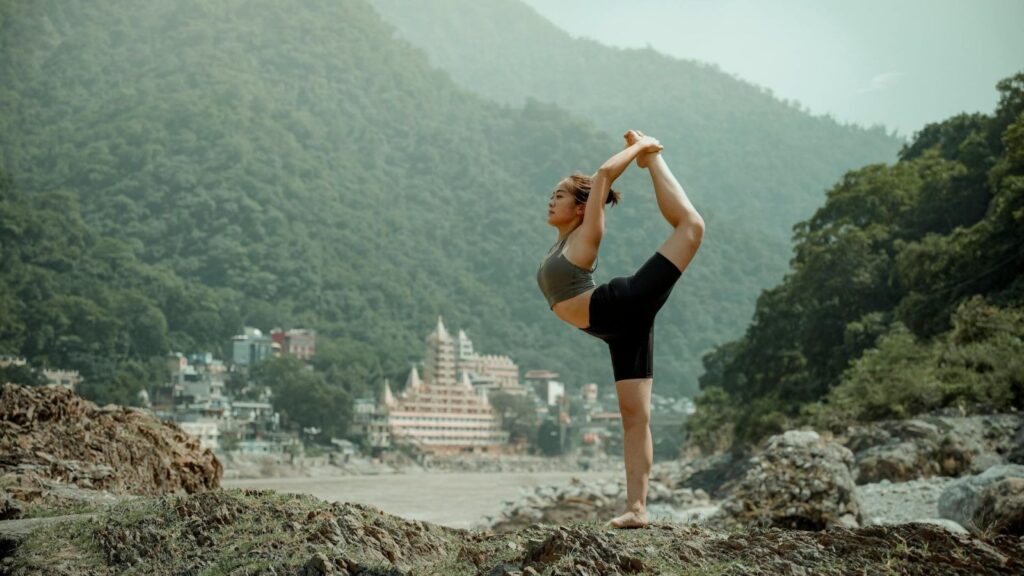
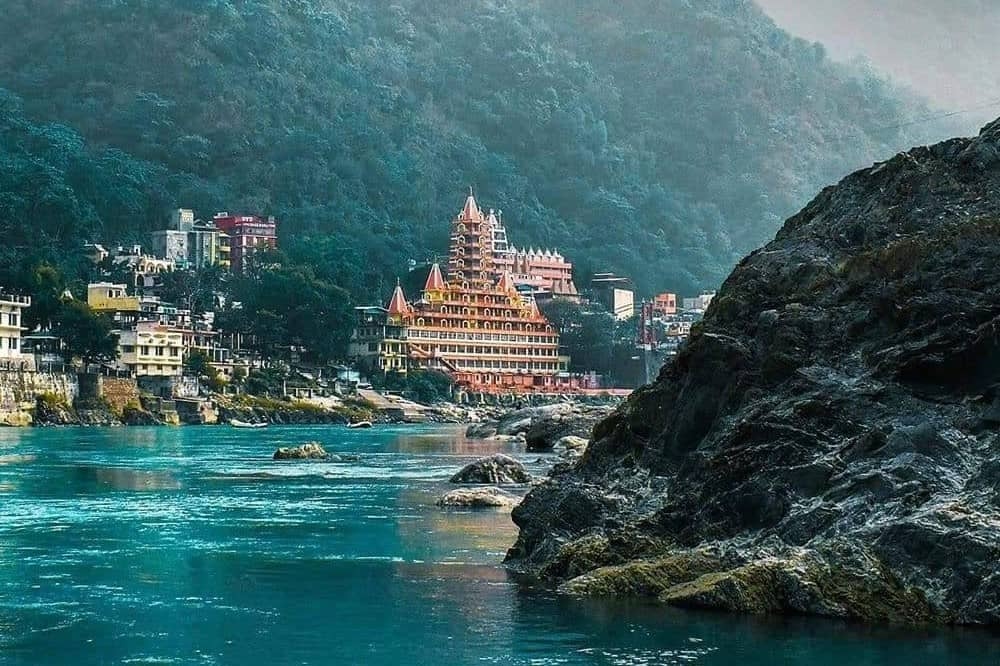
Ah, Rishikesh—the place where yogis go to bend, stretch, and contort themselves into pretzels, all while maintaining inner peace. Whether you’re into actual yoga or just the “look-at-me-I’m-doing-yoga” photos for the ’gram, this town has it all. After a long day of “finding yourself,” you can unwind with some white-water rafting. Nothing says “inner peace” like hurtling down a river at breakneck speed, right?
Ganga Aarti Tip: Don’t drop your phone in the river while filming the mesmerizing aarti. Trust me, that’s not the kind of spiritual experience you’re looking for.
4. Boating in Nainital: Lake Views & Paddle Drama
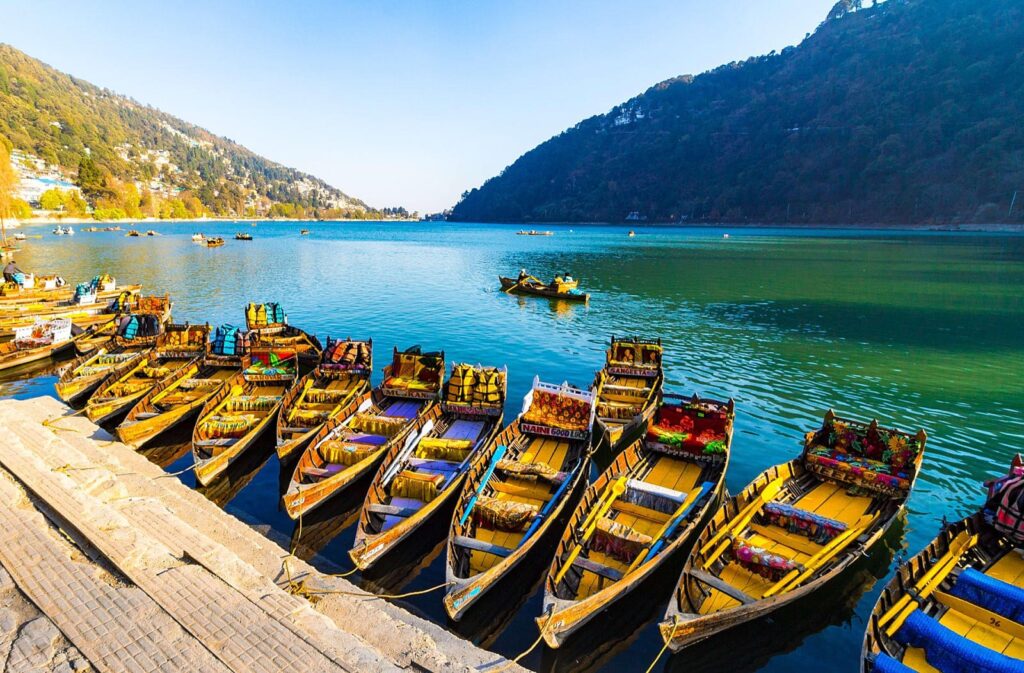
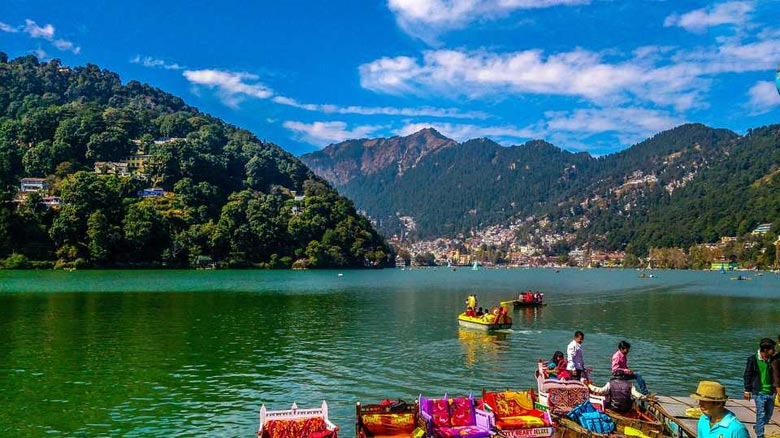
Ever wanted to pretend you’re in a postcard? Welcome to Naini Lake! Hop on a boat and glide over the serene waters while competing with other tourists for the best selfie spots. And if you’re lucky (or unlucky, depending on your perspective), you might witness some paddle drama as couples argue over rowing skills.
Bonus: Take the cable car up to Snow View Point for a chance to freeze your nose off while admiring the Himalayas.
More Reads: 14 Amazing Activities to Do in Punjab
5. Take the Char Dham Yatra
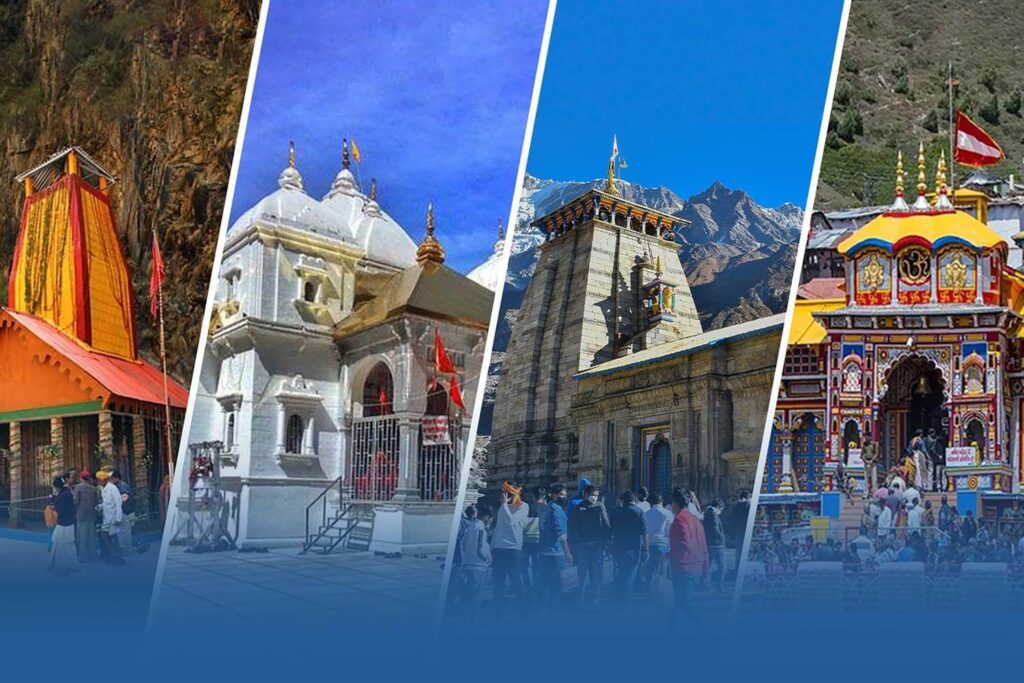
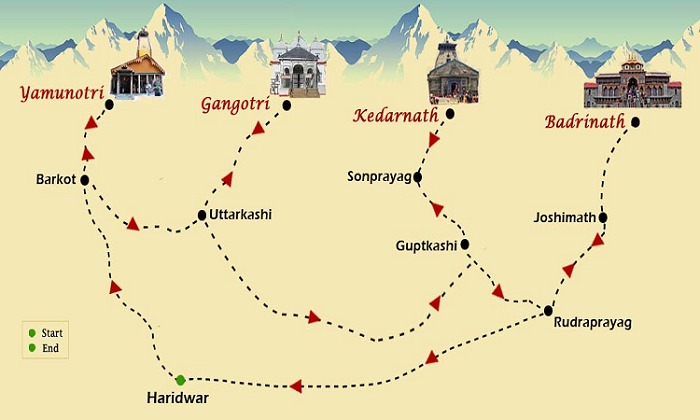
Why settle for visiting one holy site when you can hit four? The Char Dham Yatra will take you to the spiritual big leagues: Yamunotri, Gangotri, Kedarnath, and Badrinath. Not only will you get bonus points with the gods, but you’ll also get your daily workout trekking to these temples. It’s like CrossFit but with more prayers.
Yatra Hack: Bring lots of warm clothes and snacks. Trust me, divinity doesn’t fill your stomach.
6. Ski in Auli: Or Just Fall Gracefully Down a Hill
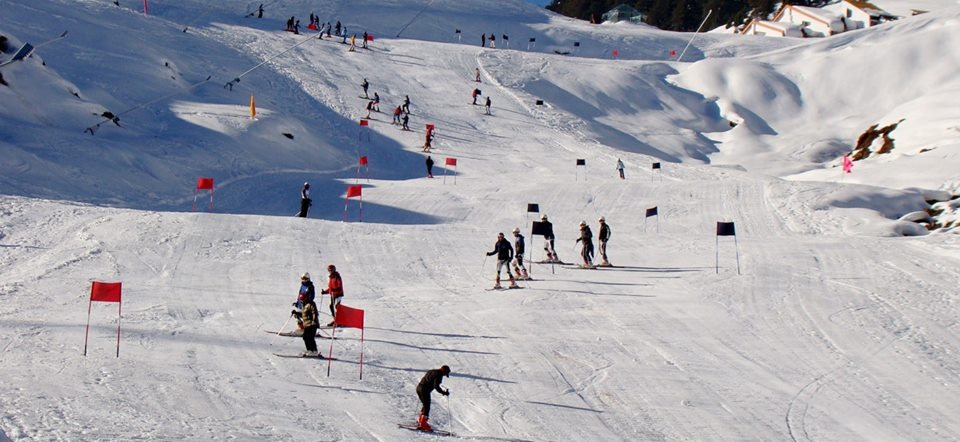
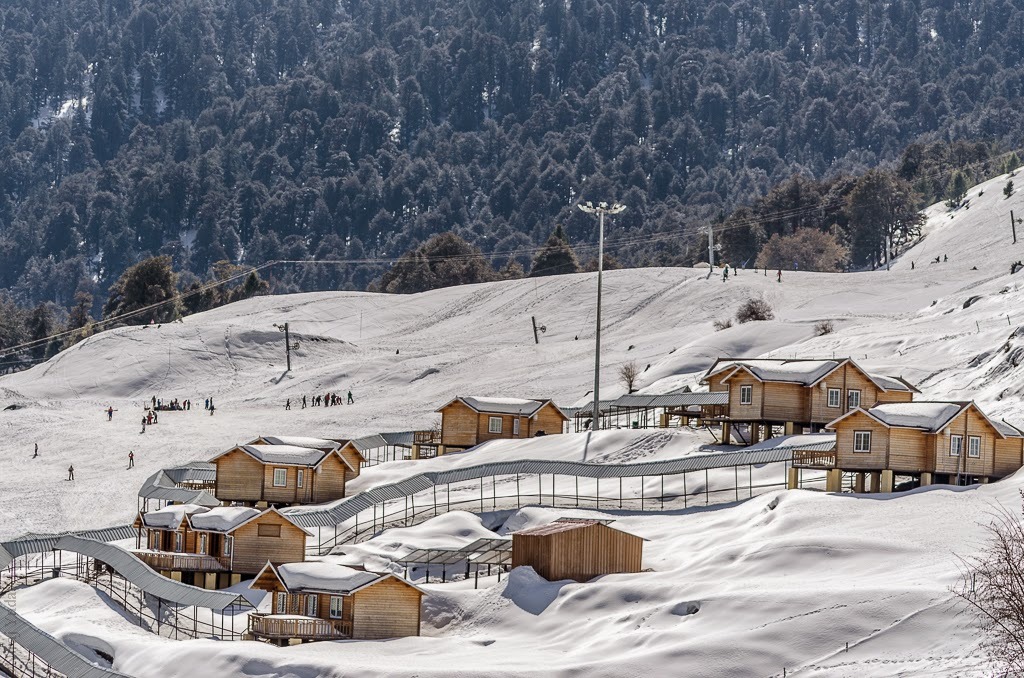
Move over, Switzerland! Auli is India’s own snowy wonderland, perfect for skiing, snowboarding, or just sliding down the slopes on your butt. Whether you’re a seasoned skier or have never touched a ski pole in your life, Auli’s got you covered. And if you’re not into skiing, the views of the snow-covered Himalayas will still make your trip worthwhile.
Ski Tip: If you’re new to skiing, don’t worry—falling is half the fun (as long as it’s not off a cliff).
7. Discover the Mystery of Roopkund
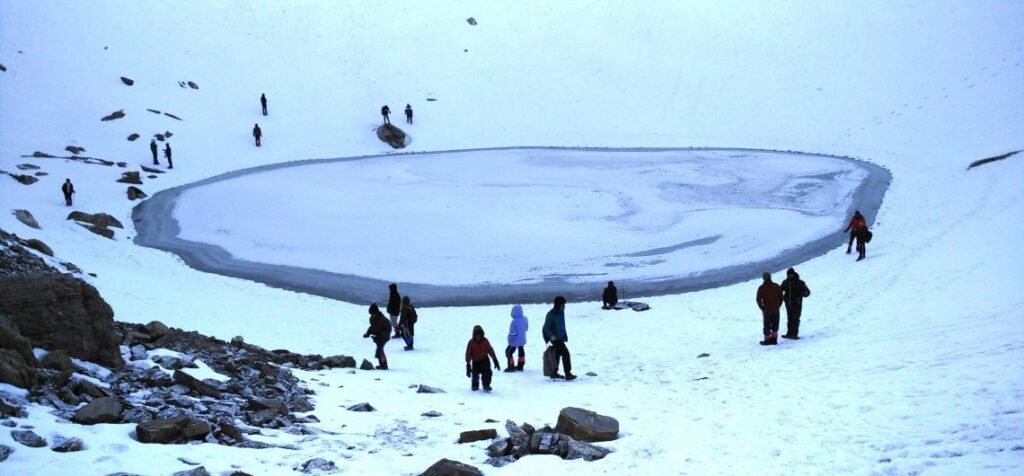
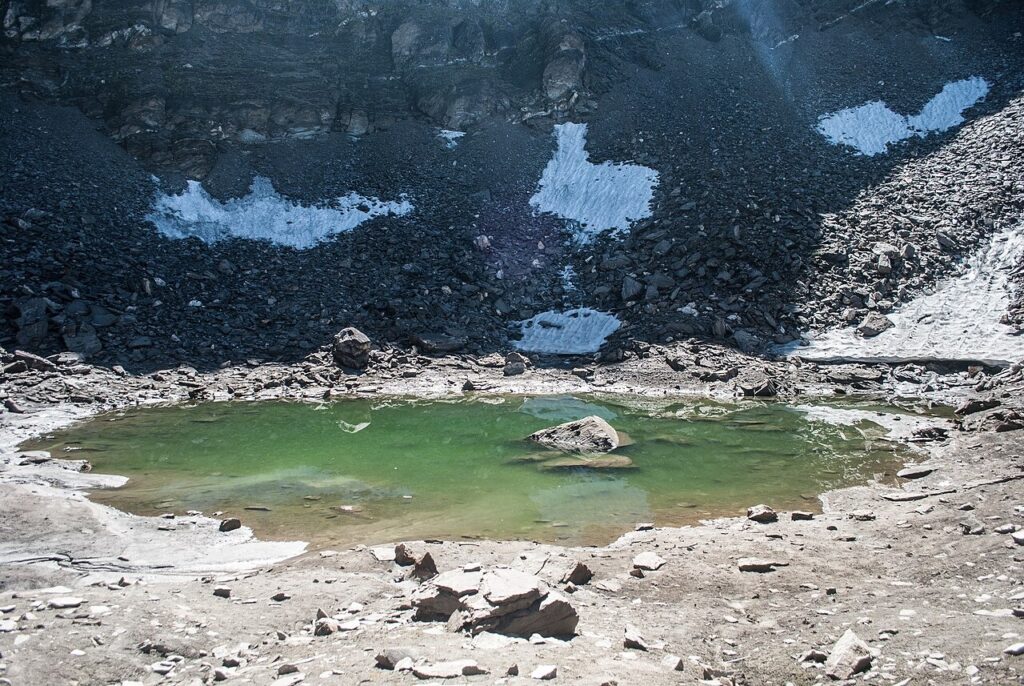
If you thought trekking was hard, wait until you do it while trying to figure out how an ancient skeleton-filled lake exists in the middle of nowhere. The Roopkund Trek is for those who like their hikes with a side of mystery and intrigue. Spoiler: Nobody’s entirely sure where the skeletons came from, but it’s a great conversation starter!
Trek Tip: Don’t freak out if you hear weird noises—it’s just the wind… probably.
8. Get Spiritual in Haridwar: Ganga Dip, Anyone?
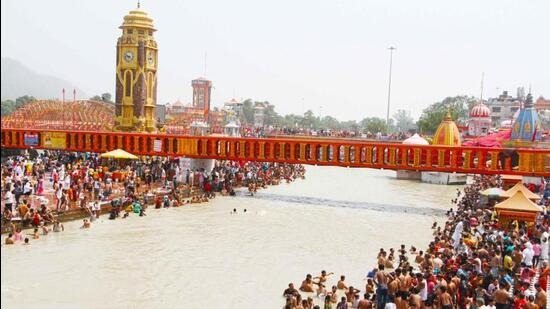
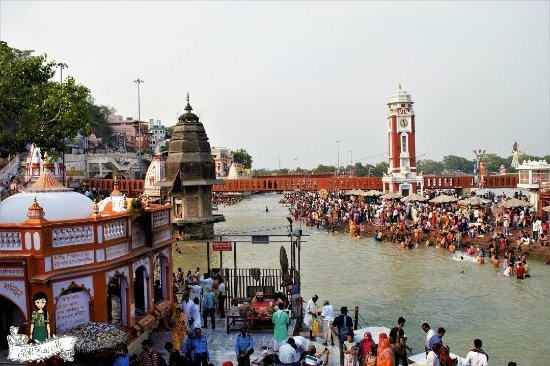
Want to wash away your sins? Head to Haridwar and take a dip in the Ganges. The evening Ganga Aarti at Har Ki Pauri is mesmerizing, but be warned: the Ganges is cold. Like, really cold. Don’t let the locals fool you into thinking it’s “refreshing.” It’s basically spiritual cryotherapy.
Pro Tip: Hold on tight to the railing when you take that holy dip. The Ganges is not responsible for lost flip-flops.
More Reads: 12 Best Things to Do in Jaipur at Night
9. Camp in Chopta: Nature’s Answer to Your Stress
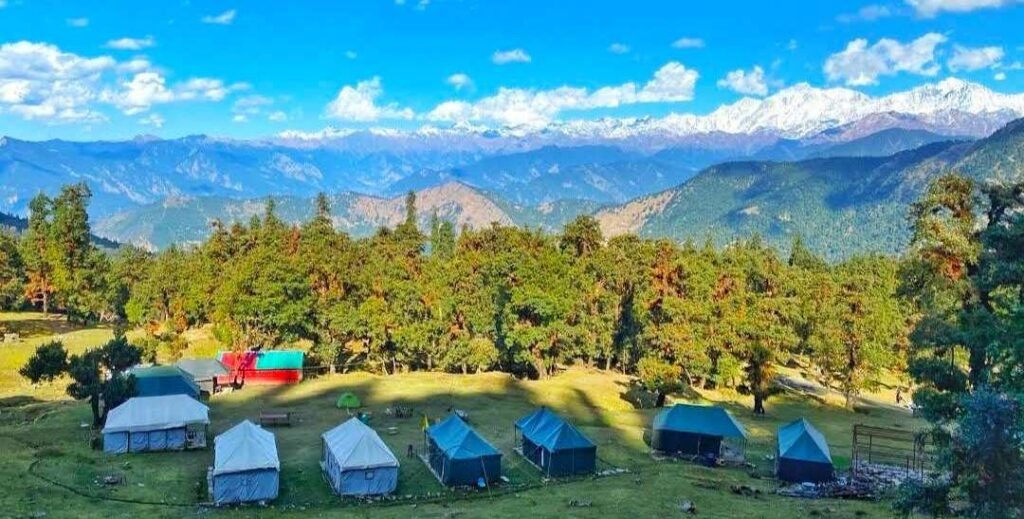
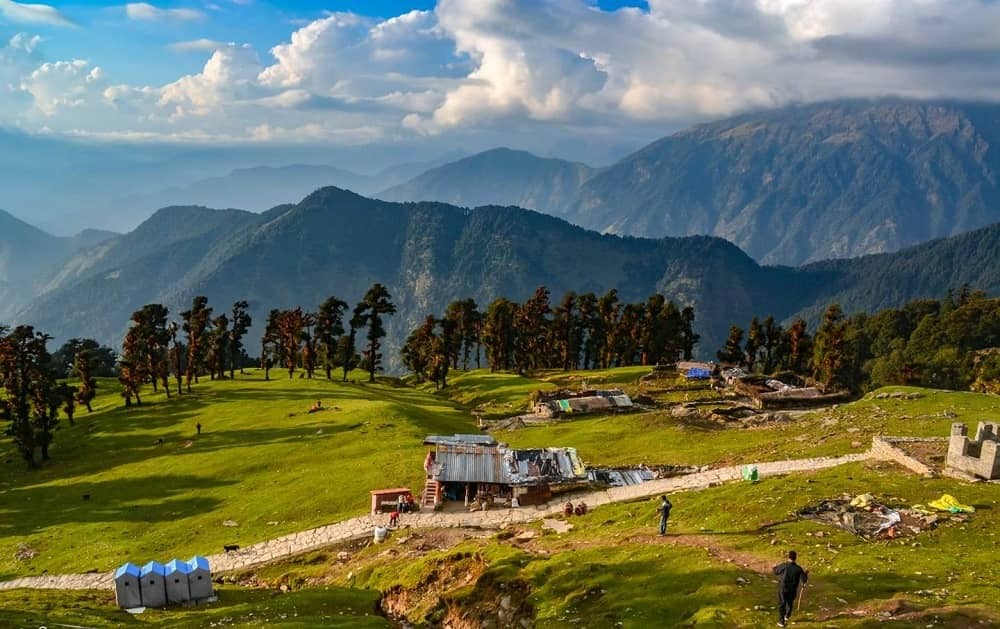
Ever wondered what it’s like to camp in a place so peaceful that even your anxiety goes on vacation? Chopta is your answer. With serene meadows and snow-capped mountains, this offbeat destination is perfect for stargazing, hiking, or just chilling out with a cup of chai.
Bonus Activity: Trek to Tungnath, the highest Shiva temple in the world, and try not to think about how you’re simultaneously closer to the gods and farther from your Wi-Fi signal.
10. Safari at Rajaji National Park
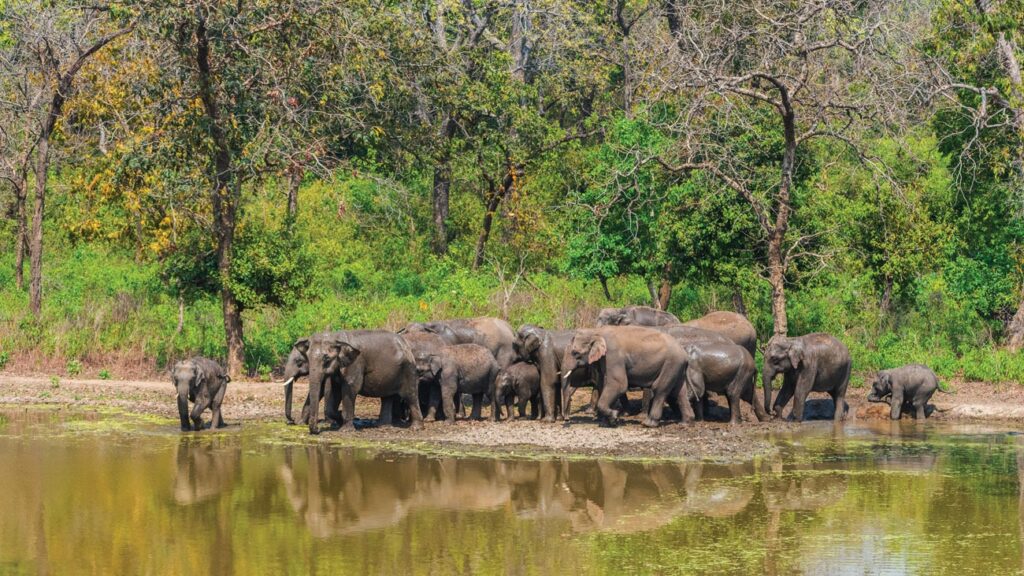
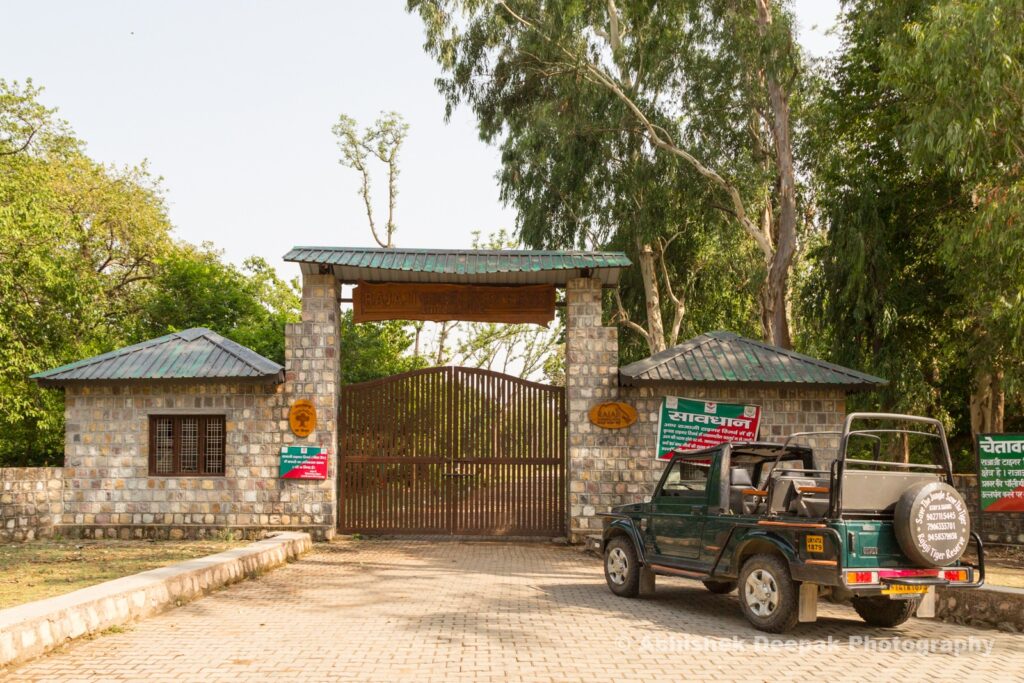
If you missed out on the tigers in Jim Corbett, don’t worry—Rajaji National Park is home to elephants, leopards, and hundreds of bird species. It’s basically a live-action nature documentary, but without David Attenborough narrating (unless you bring your own British accent).
Safari Tip: Wear neutral colors unless you want the animals to think you’re a giant walking fruit.
11. Get Your Hill Station Fix in Mussoorie
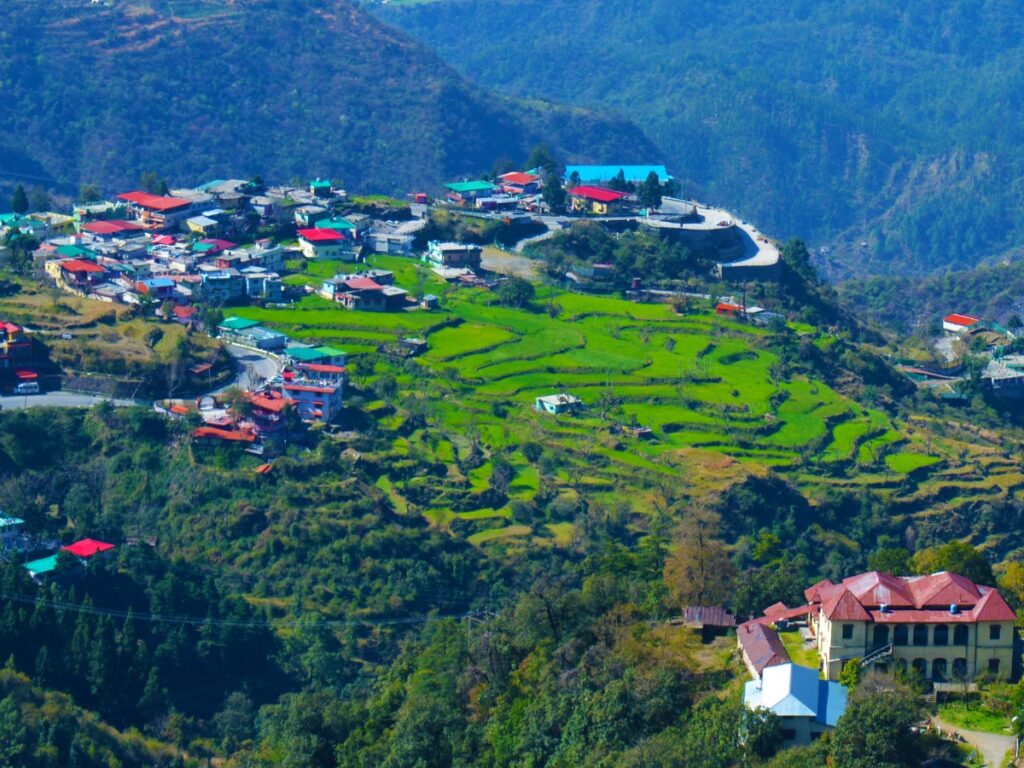
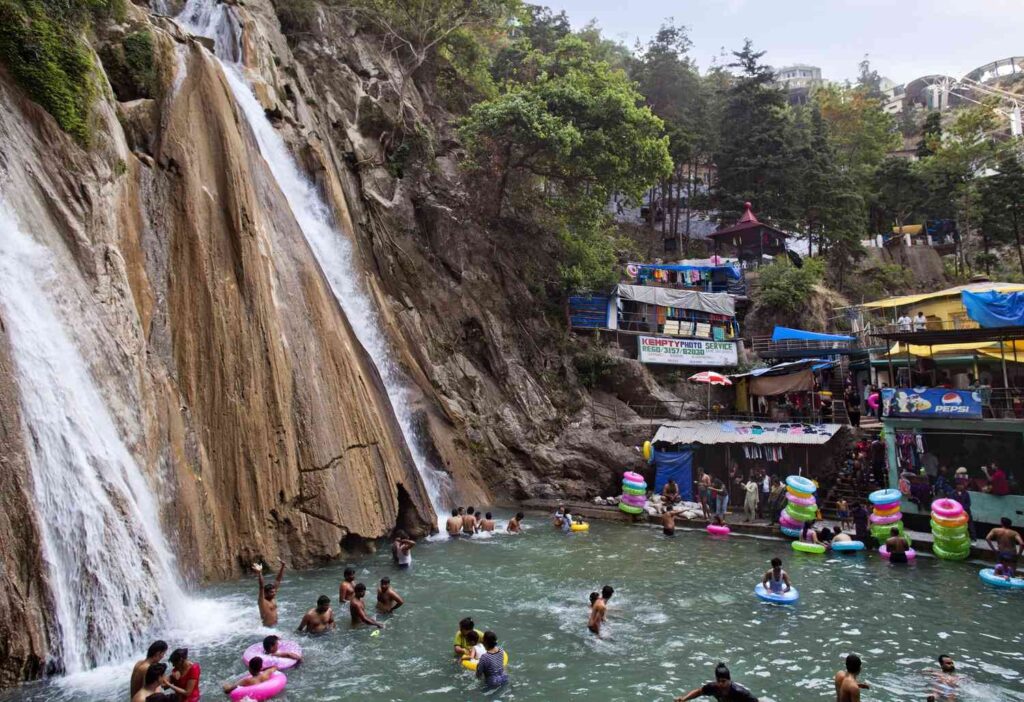
There’s a reason Mussoorie is called the “Queen of Hills.” With cool breezes, colonial charm, and picture-perfect views, this hill station is perfect for a cozy getaway. Don’t forget to visit Kempty Falls for a refreshing dip—or at least to watch tourists try to take selfies without getting soaked.
Shopping Tip: Mall Road has everything from woolen shawls to overpriced souvenirs. Don’t say we didn’t warn you.
12. Soak in the Hot Springs at Badrinath
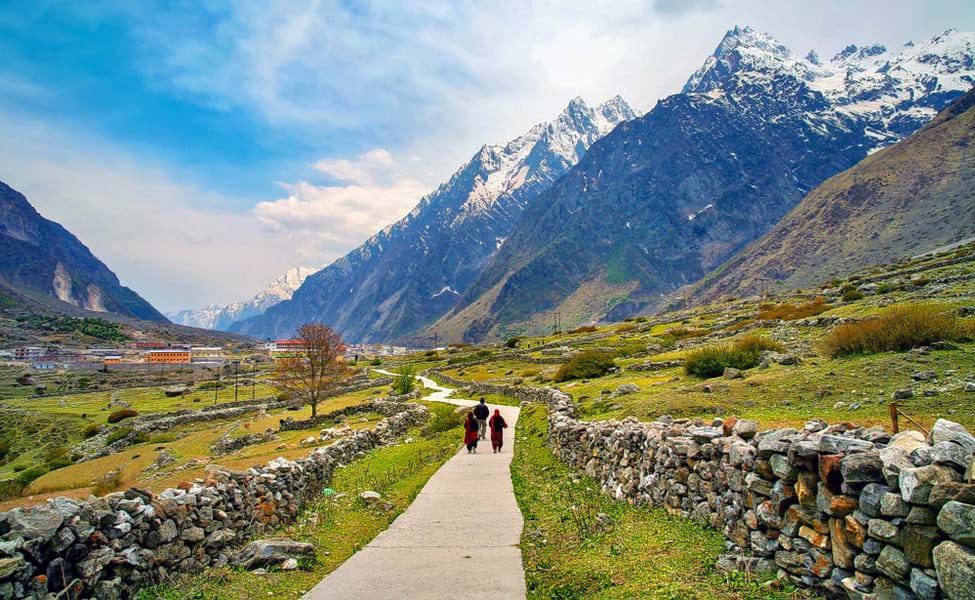
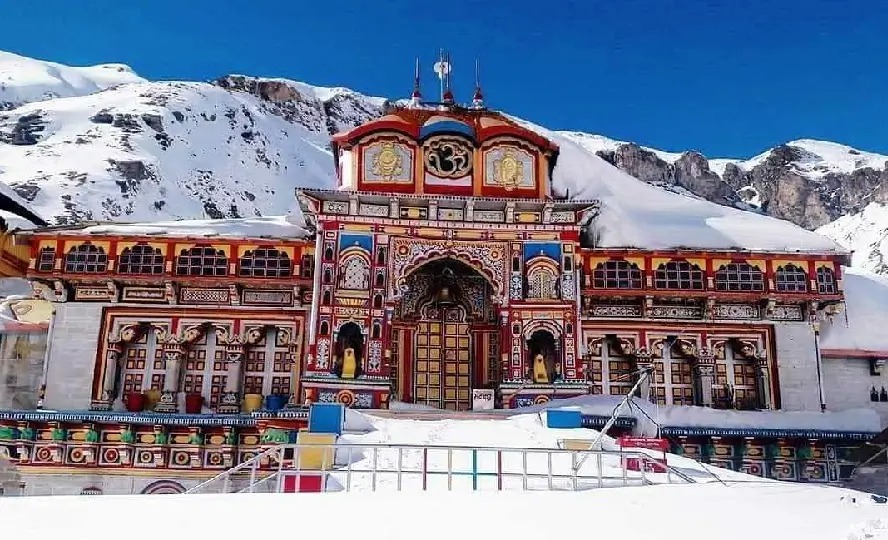
After all that trekking, your muscles will thank you for a dip in Tapt Kund, the hot springs near Badrinath Temple. Legend says the waters are blessed by the gods, but honestly, it just feels really good after a long day of temple hopping.
Health Tip: Hot springs are nature’s Jacuzzi, but don’t overdo it. Nobody wants to be “that person” who fainted in holy water.
More Reads: Things To Do In Lonavala With Family
13. Soak Up History in Almora and Kausani
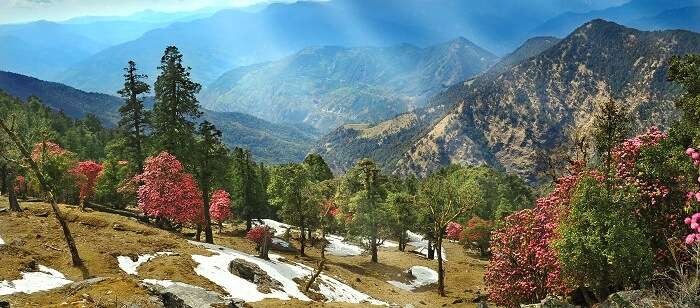
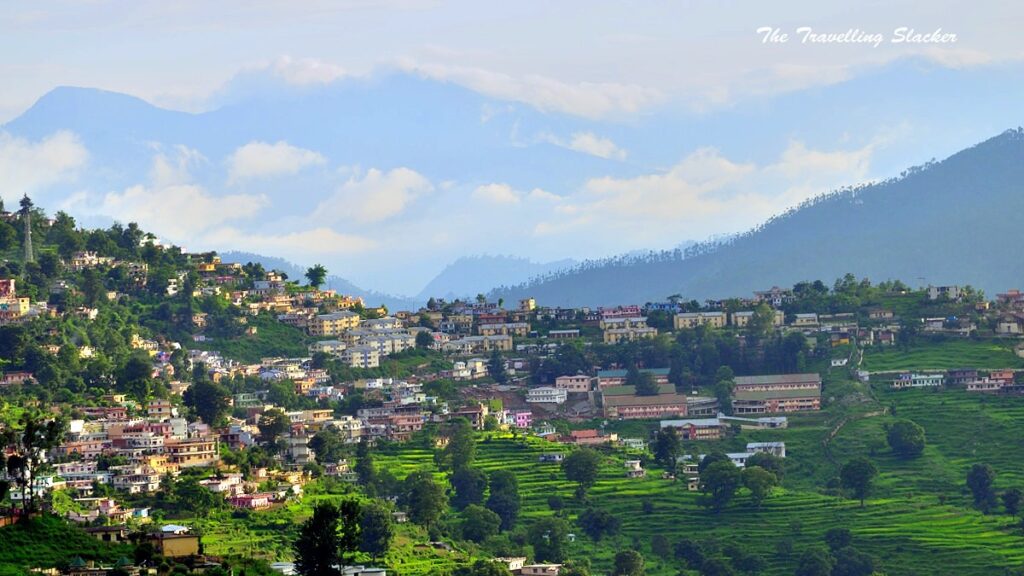
If you’re a sucker for scenic beauty mixed with a dash of history, Almora and Kausani will sweep you off your feet. From ancient temples to views that’ll make your jaw drop, these hill stations are Uttarakhand’s hidden gems.
Sunrise Tip: Kausani’s sunrise views will make you reconsider why you’ve ever slept in past 6 AM.
14. Glide Through the Air in Bhimtal
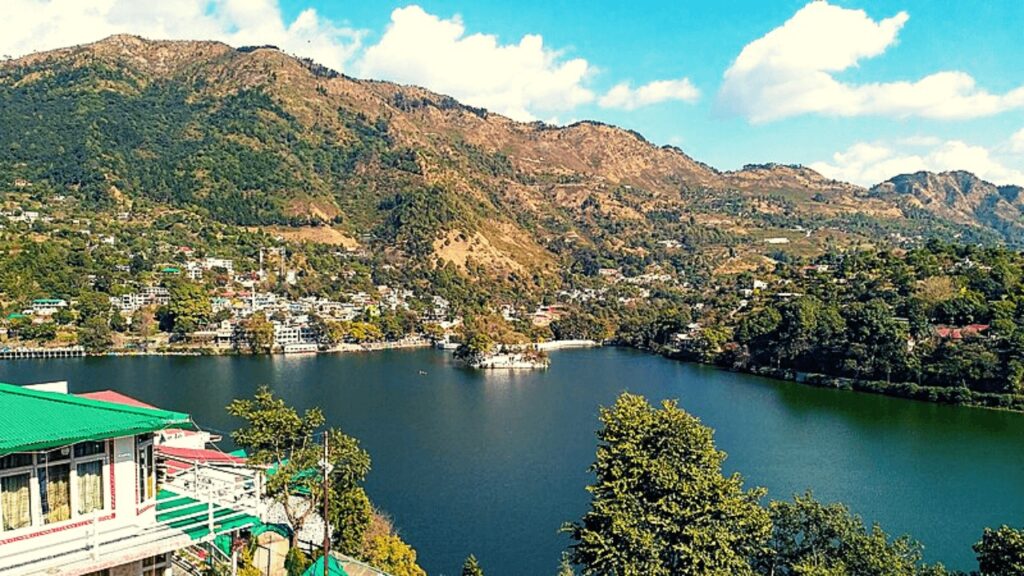
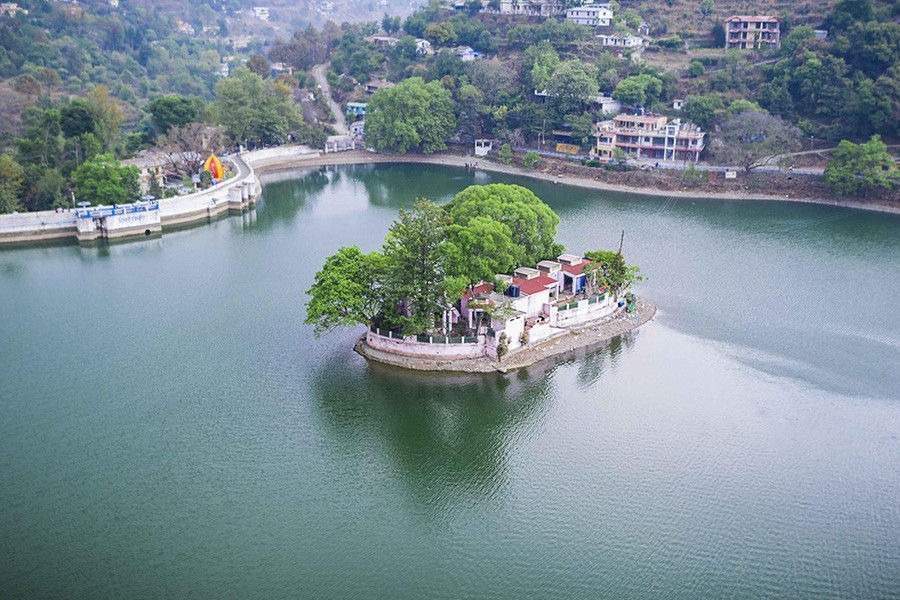
Feel like a bird (or a very nervous person strapped to a parachute) with paragliding in Bhimtal. Nothing says “thrill” like leaping off a cliff and hoping for the best! If that’s not your thing, just enjoy a boat ride on the peaceful Bhimtal Lake.
Paragliding Tip: Close your mouth. You don’t want to swallow bugs mid-flight.
15. Hike to Hemkund Sahib
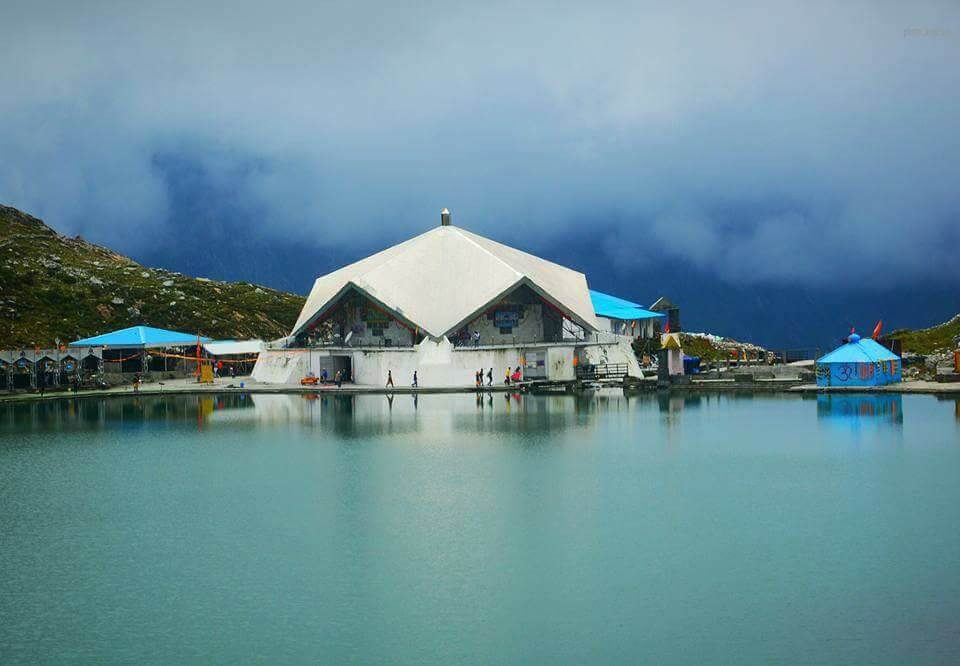
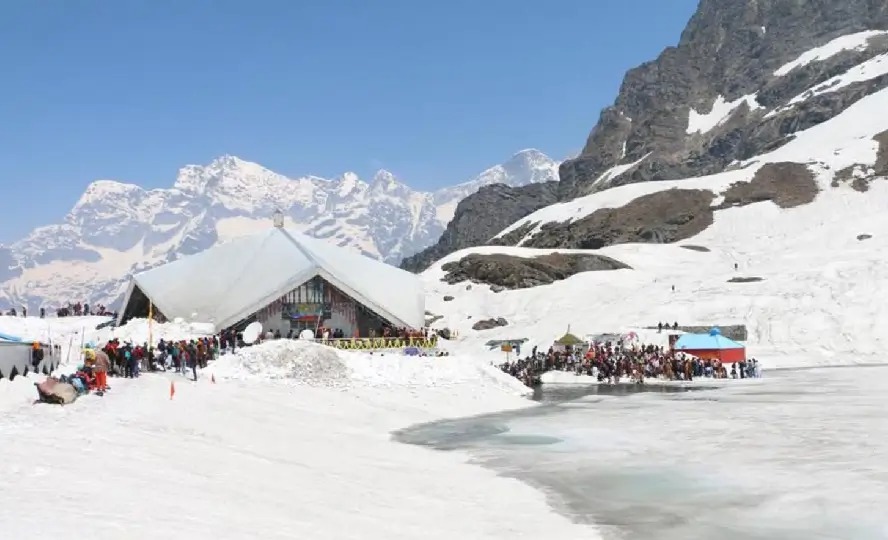
At 15,200 feet, Hemkund Sahib is one of the highest pilgrimage sites in the world. The trek is tough, but the views are heavenly. Plus, you can brag about your newfound spiritual enlightenment and hiking prowess when you get back.
Trek Tip: Bring an extra battery for your phone—those panoramic shots of the mountains are worth it.
Conclusion: Uttarakhand—Where Adventure and Serenity Meet
Whether you’re a nature lover, an adventure junkie, or just someone who needs a serious break from city life, Uttarakhand has it all. From spiritual pilgrimages to adrenaline-pumping activities, this state is the perfect escape. So what are you waiting for? Go get lost in the mountains (but not literally, okay?).